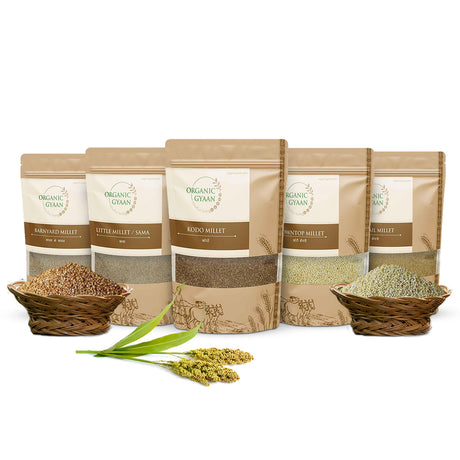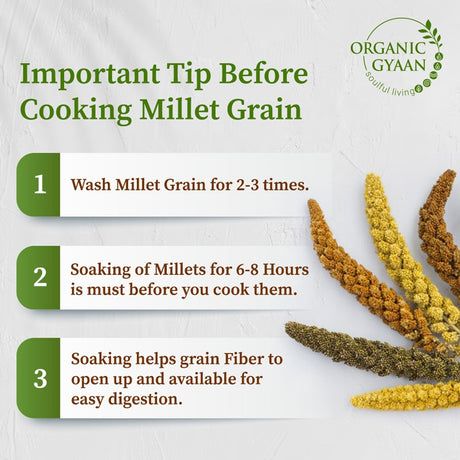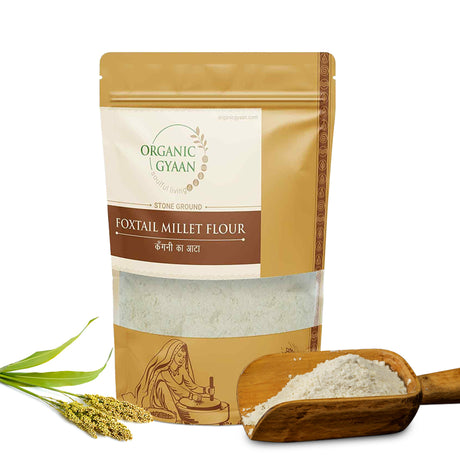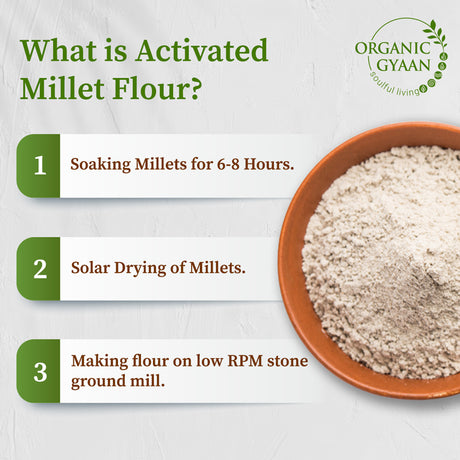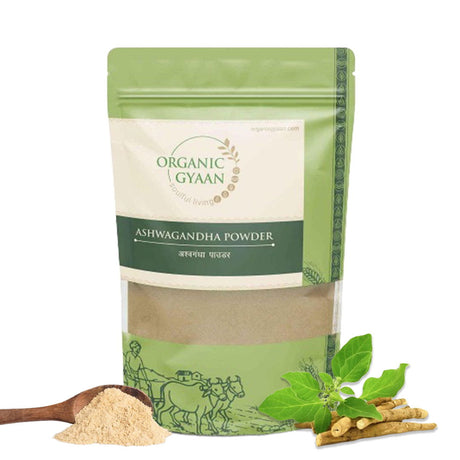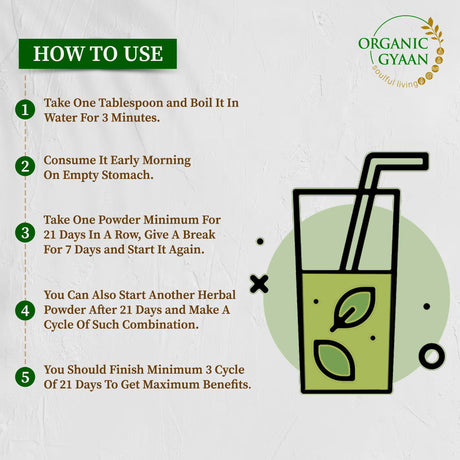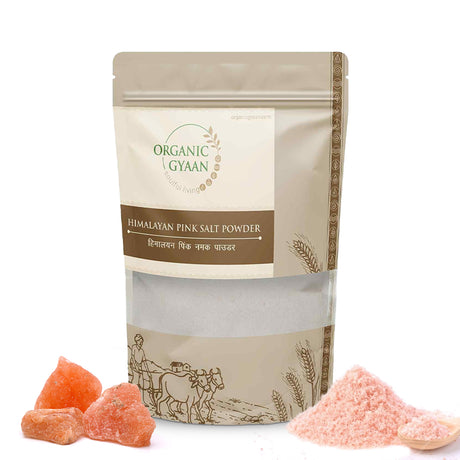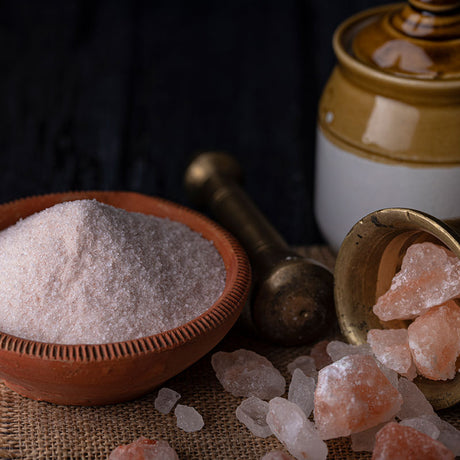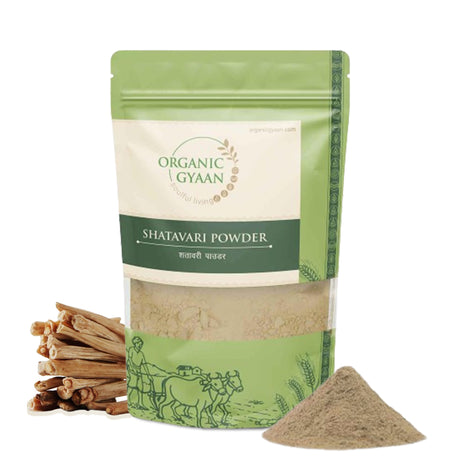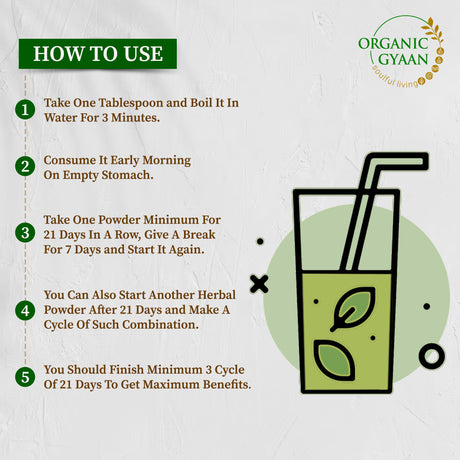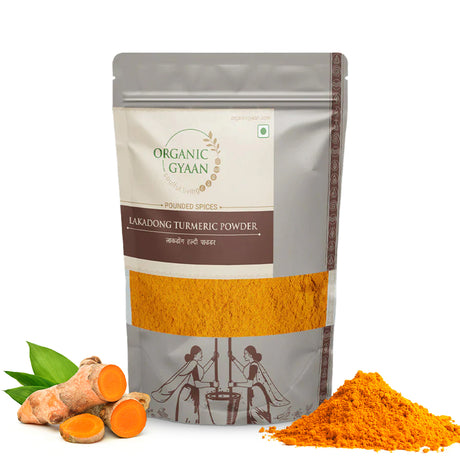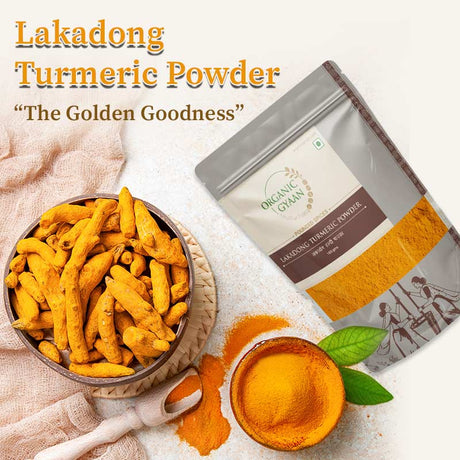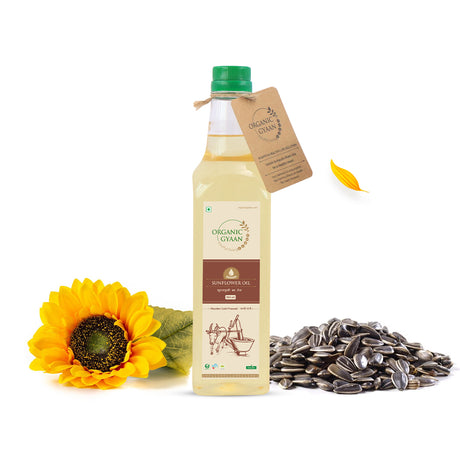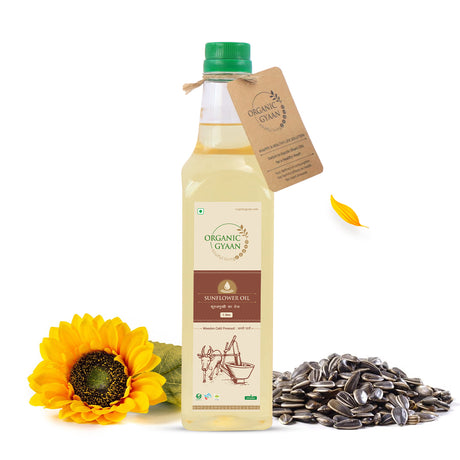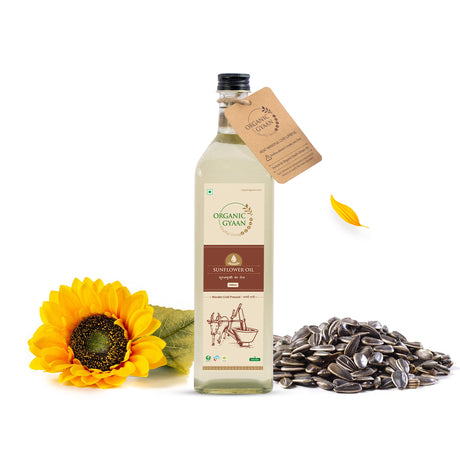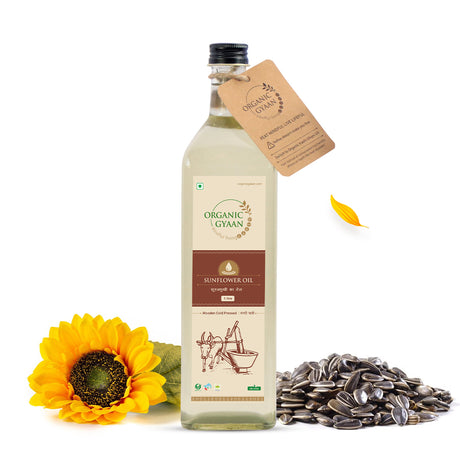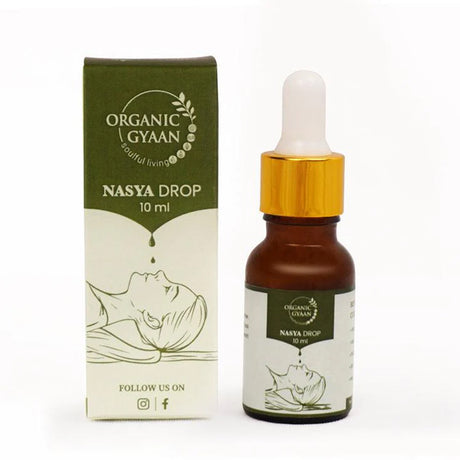Fiber is essential for maintaining good digestive health, managing weight, and regulating blood sugar levels. Many people don’t consume enough fiber-rich foods in their daily diets, which can lead to digestive issues, weight gain, and other health problems. Adding more of these foods can significantly improve overall health. Let’s explore the best fiber-rich foods you can easily include in your meals.
What is Fiber?
Fiber is a type of carbohydrate found in plant-based foods that passes through the digestive system largely undigested. It helps in regulating various bodily functions, especially digestion. There are two main types of fiber:
- Soluble Fiber: Dissolves in water and forms a gel-like substance that helps lower cholesterol and regulate blood sugar. Food high in fiber like oats, beans, and apples are good sources of soluble fiber.
- Insoluble Fiber: Adds bulk to stool, aiding in easy passage through the digestive tract. Whole grains, seeds, and nuts are excellent sources of insoluble fiber.
Benefits of Fiber
Incorporating more fiber-rich foods into your daily meals offers various health benefits:
- Improves Digestion: Helps prevent constipation and supports regular bowel movements.
- Lowers Cholesterol: Soluble fiber reduces LDL (bad) cholesterol.
- Regulates Blood Sugar: Slows the absorption of sugar, helping control blood sugar levels.
- Supports Weight Management: Keeps you feeling full longer, preventing overeating.
- Promotes Heart Health: A fiber-rich diet can lower cholesterol and reduce the risk of heart disease.
Top 10 Must-Have Fiber-Rich Foods for a Healthier You
1. Lentils
Lentils are packed with both soluble and insoluble fiber, making them one of the best fiber-rich foods available. They are also a great source of plant-based protein.
- Fiber content: 15.6g per cup (cooked)
- Additional nutrients: Protein, iron, B vitamins
2. Black Beans
Black beans are loaded with fiber, aiding digestion and supporting heart health.
- Fiber content: 15g per cup (cooked)
- Additional nutrients: Protein, folate, magnesium
3. Avocados
Avocados are not only rich in healthy fats but also provide a great source of fiber, containing both soluble and insoluble types. This high-nutrient fruit is highly beneficial for heart health and aids in digestion.
- Fiber content: 10g per avocado
- Additional nutrients: Potassium, vitamin E, healthy fats
4. Chia Seeds
Chia seeds are small but powerful when it comes to fiber content. They form a gel-like substance when mixed with liquid, aiding digestion and keeping you full.
- Fiber content: 10.6g per ounce
- Additional nutrients: Omega-3s, protein, calcium
5. Oats
Oats are well-known for their heart-health benefits due to their high soluble fiber content.
- Fiber content: 4g per cup (cooked)
- Additional nutrients: Protein, iron, magnesium
6. Quinoa
Quinoa is a versatile, gluten-free grain that contains both soluble and insoluble fiber, making it a great addition to a balanced diet. It is a high-quality source of plant-based fiber and provides all nine essential amino acids, which makes it especially beneficial for those on plant-based diets.
- Fiber content: 5g per cup (cooked)
- Additional nutrients: Protein, magnesium, manganese
7. Millets
Millets, such as bajra and ragi, are excellent good sources of fiber. These gluten-free grains are rich in both soluble and insoluble fiber, making them highly beneficial for digestion and helping to lower cholesterol levels. You can easily incorporate high fiber grains like millets into various meals.
- Fiber content: 3.5g per cup (cooked)
- Additional nutrients: Magnesium, phosphorus, protein
8. Brown Rice
Brown rice is a whole grain that provides a good amount of fiber and is a healthier alternative to white rice. By replacing white rice with brown rice, you’re choosing a fiber-rich food that helps prevent constipation and supports digestive health. Including fiber in your meals through whole grains like brown rice is an easy way to add more nutrition to your diet, making it a great choice for various dishes.
- Fiber content: 3.5g per cup (cooked)
- Additional nutrients: Selenium, manganese, magnesium
9. Nuts (Almonds, Walnuts)
Nuts like almonds and walnuts are great natural fiber foods that also contain healthy fats. They are perfect for snacking or adding to meals to increase your daily fiber intake.
- Fiber content: 3.5g per handful (almonds)
- Additional nutrients: Healthy fats, protein, vitamin E
10. Seeds (Flaxseeds, Sunflower Seeds)
Flaxseeds and sunflower seeds are excellent high fiber foods that are easy to incorporate into your diet. These seeds are also rich in omega-3 fatty acids, which support heart health.
- Fiber content: 3g per tablespoon (flaxseeds)
- Additional nutrients: Omega-3s, protein, magnesium
Conclusion
Incorporating more fiber-rich foods into your diet is an easy and effective way to improve digestion, lower cholesterol, and regulate blood sugar. Whether you enjoy high fiber grains like lentils, quinoa, or millets, or snack on natural fiber foods like nuts and seeds, these options will help you meet your daily fiber needs. Start adding these fiber-rich foods to your meals today to experience the long-term benefits of fiber for overall health.
Simple changes, like replacing white rice with fiber rice foods like brown rice or choosing high fiber fruits and seeds, can support better digestion and help you feel fuller for longer. Enjoy the numerous benefits of fiber by including more of these good sources of fiber in your everyday meals.


